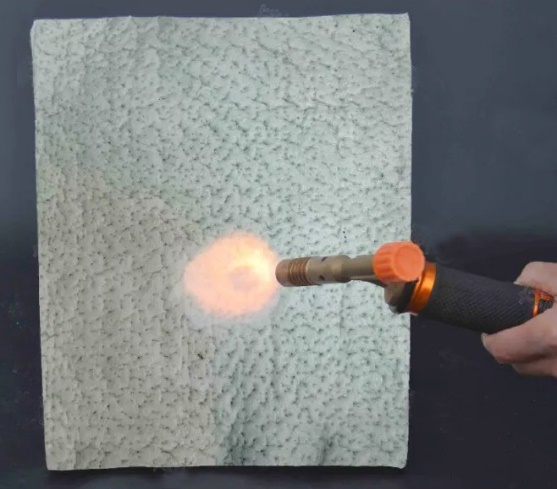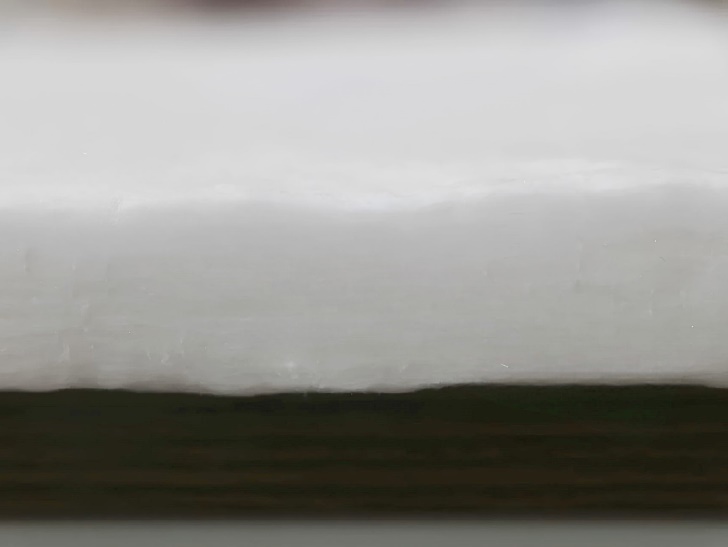Table of Contents
Anchor-Tech Ceramic Fiber Blanket
First, it is a refractory material
Anchor-Tech ceramic fiber blanket is made by purifying raw materials and melting them at high temperature, then spinning or blowing them into ceramic fiber wool, and then needle punching them into blankets . Alumina and silica are its main components, which also determines the characteristics of ceramic fiber blankets that are not afraid of high temperatures and are fire-resistant. According to the different alumina content in the material ratio, ceramic fibers can be divided into multiple categories, and the classification temperature ranges from 1050-1500℃.
It is indispensable in high-temperature fields such as steel, petrochemical, cement, power plants, and industrial kilns.

Secondly, it can be used for thermal insulation
Ceramic fiber blankets are made of special ceramic fiber filaments through a special double-sided needle punching process. After the double-sided needle punching process, the fiber interweaving degree, anti-delamination performance, tensile strength and surface flatness are greatly improved. The fiber blanket does not contain any organic binder to ensure that the ceramic fiber blanket has good manufacturability and stability under high and low temperature conditions. Therefore, whether it is a high-temperature kiln or a cold storage, the ceramic fiber blanket is an ideal choice.

In terms of flame retardant properties, it is also a fireproof material
Ceramic fiber blanket is a Class A non-combustible material. It will not burn even if the ignition point is exceeded, and it has excellent thermal insulation performance. In recent years, the frequency of use of ceramic fiber blankets in fire protection has been on the rise, and its application in ceramic fiber fireproof blankets and fireproof rolling shutters has become increasingly mature.

The ceramic fiber blanket gives it the functions of sound absorption and sound insulation
Ceramic fiber blankets have good sound absorption and noise reduction functions. This is because the vibration of objects produces sound, and sound waves are transmitted in the air. Ceramic fiber blankets have a multi-fiber structure. When sound waves pass through cotton blankets, they are reflected, superimposed, and collided by countless fibers. The sound wave energy is converted into heat energy, thereby weakening the sound wave intensity or even making the sound disappear. Therefore, ceramic fiber blankets are also widely used in KTV rooms and car mufflers.

